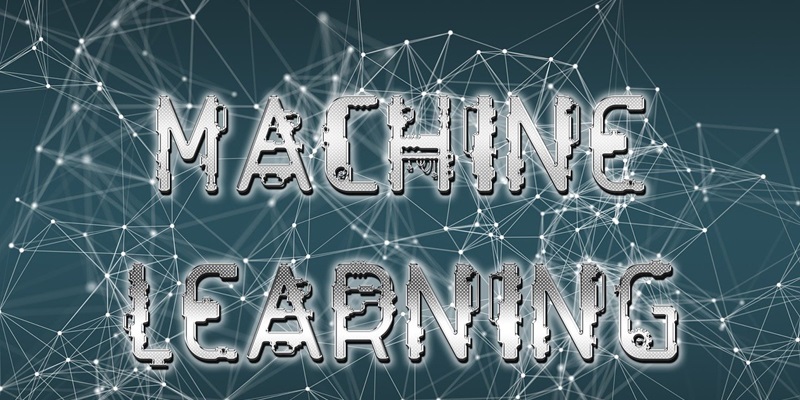Ghananjani Saini embarked on the challenging path of mastering Machine Learning (ML), quickly encountering the complex interplay between ML algorithms and deep mathematical concepts. To navigate this, a deep dive into the world of linear algebra and statistics was necessary, revealing the intricate details that form the backbone of ML. With newfound insights from these mathematical foundations, Ghananjani was poised for the next phase of the journey.
Python, the lingua franca of ML, demanded attention next. Although daunting, Ghananjani dedicated themselves to mastering this language, benefiting from its comprehensive set of libraries critical for ML development. Through persistence, they not only grasped Python’s syntax but also its practical application within ML’s problem-solving domain. With this skill set in hand, Ghananjani was now equipped to address complex, real-world ML challenges, signifying a leap in their proficiency and readiness to innovate in the field of ML.
Foundations in Programming and Frameworks
With the theoretical and programming groundwork in place, Ghananjani took the leap into hands-on ML frameworks. Extensive practice with TensorFlow and scikit-learn transformed abstract concepts into tangible skills. While navigating these technologies, issues such as data preprocessing and feature selection became prevalent, highlighting the importance of quality data in the efficacy of ML models. Ghananjani learned to refine raw data into a pristine form, suitable for feeding algorithms that could learn and predict with increasing accuracy.
This phase was marked by experimentation, failures, and successes, each further cementing Ghananjani’s understanding of ML. Through project after project, Ghananjani’s skill in implementing and refining ML models grew. This was not merely an academic exercise; it was a real-world application that demanded not only technical proficiency but also creativity and insight into how ML can solve actual problems.
Keeping Pace with the Field
Ghananjani Saini, having mastered the essentials of Machine Learning (ML), embraced the reality that this field’s evolution is ceaseless. Continuous learning remains essential due to the ever-emerging new technologies, techniques, and theories at ML’s frontier. Ghananjani’s approach to staying up-to-date includes participating in industry workshops, diving into the latest research, and contributing to open-source projects that offer a glimpse of ML’s practical advancements.
Meanwhile, Ghananjani remains conscientious about the societal impact of ML, ensuring their work adheres to ethical standards. This entails building transparent, interpretable, and scalable models that are as responsible as they are revolutionary. Through a blend of perpetual education and ethical mindfulness, Ghananjani Saini stands prepared to navigate the ongoing complexities of ML, while contributing positively to the field and society.

